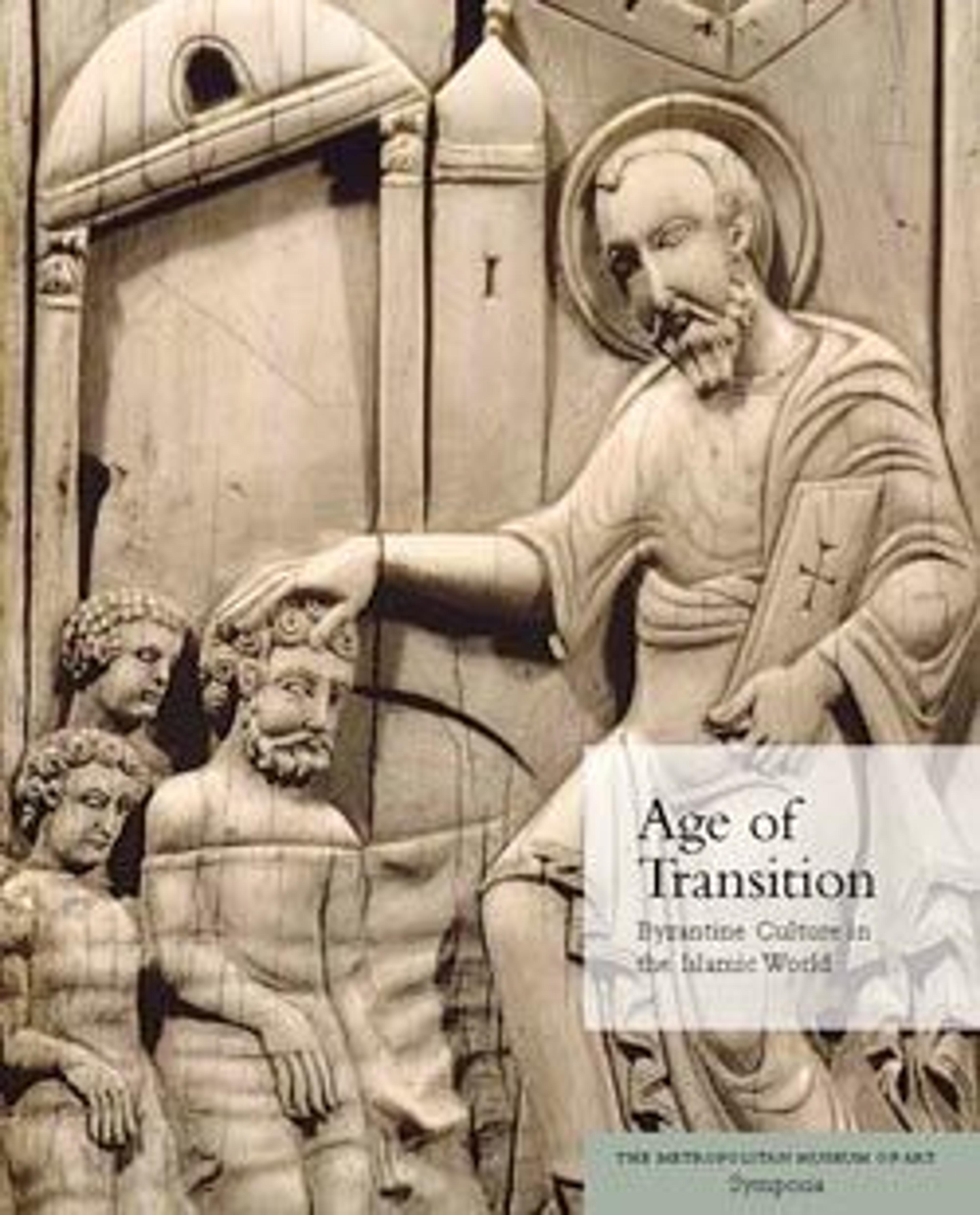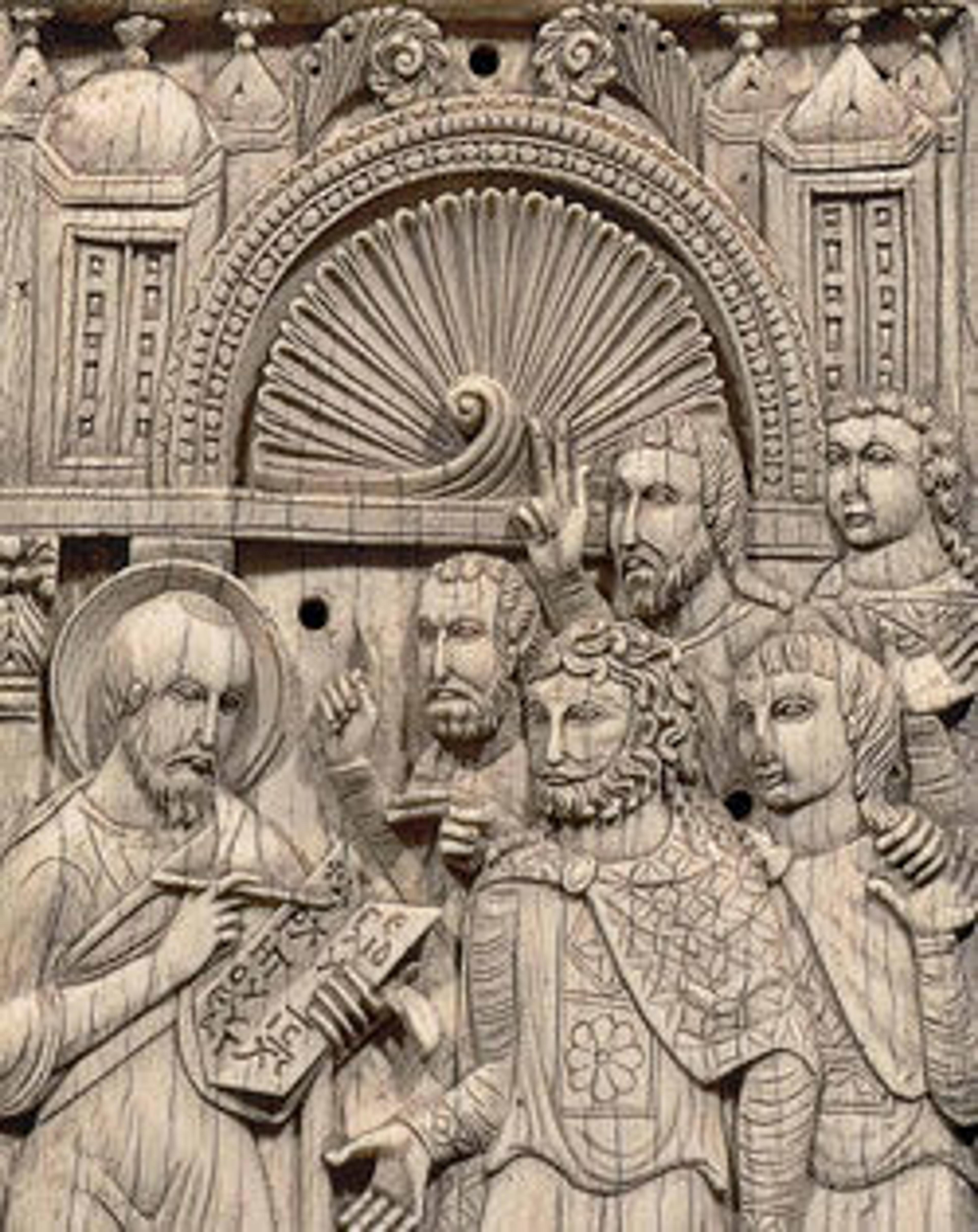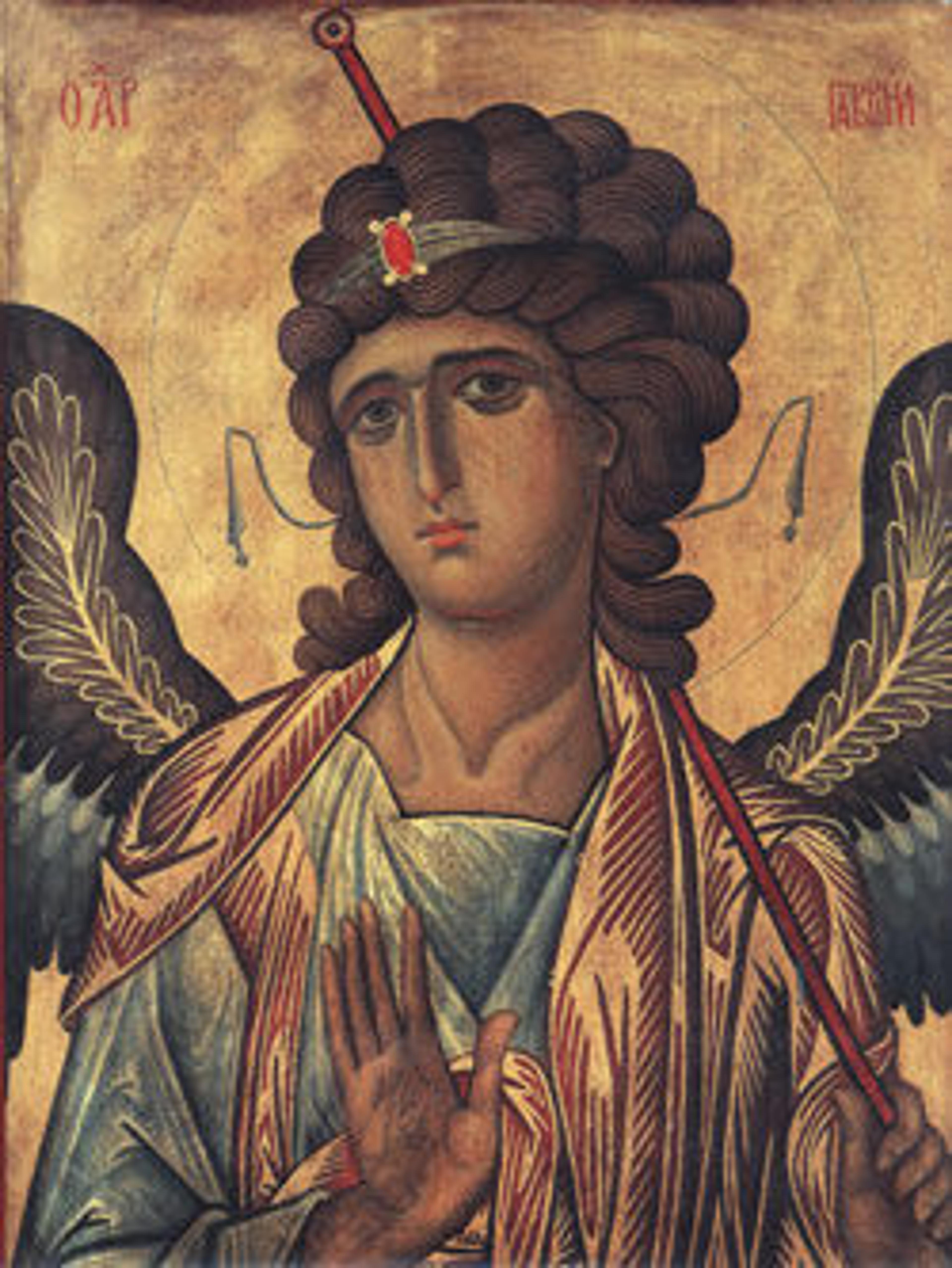

Age of Transition: Byzantine Culture in the Islamic World
Building on the groundbreaking 2012 exhibition “Byzantium and Islam: Age of Transition,” which explored the transformations and continuities in the Byzantine Empire from the seventh to the ninth century, the present volume extends the exhibition catalogue’s innovative investigation of cultural interaction between Christian and Jewish communities and the world of Islam.
Eleven essays by internationally distinguished scholars address such topics as the transmission of Christian imagery to the Mediterranean, icons preserved in The Holy Monastery of Saint Catherine at Sinai, interaction between Jewish communities and the Muslim world, the purposeful mutilation of figurative floor mosaics in places of worship, the evolution of classical and Byzantine motifs in a new cosmology for Muslim rulers, and interconnections in the realm of music. Each essay provides compelling evidence that the era of transition from Byzantine to Islamic rule in the eastern Mediterranean and North Africa resulted in unprecedented cultural cross-fertilization and significantly affected the development of the Mediterranean world for centuries to come.
Met Art in Publication
You May Also Like
Press the down key to skip to the last item.
Citation
———. 2015. Age of Transition: Byzantine Culture in the Islamic World. The Metropolitan Museum of Art Symposia. New York: The Metropolitan Museum of Art.




